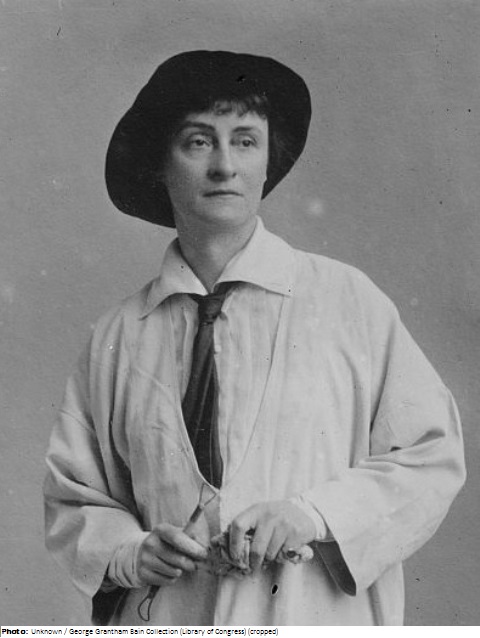Janet Scudder

Biographical information
| Roles | Competed in Olympic Games |
|---|---|
| Sex | Female |
| Full name | Netta Deweze Frazee "Janet"•Scudder |
| Used name | Janet•Scudder |
| Born | 27 October 1869 in Terre Haute, Indiana (USA) |
| Died | 9 June 1940 (aged 70 years 7 months 13 days) in Rockport, Massachusetts (USA) |
| NOC |  United States United States |
Biography
American sculptor Janet Scudder lost four of her seven siblings in childhood. She later became a committed feminist. Scudder mostly produced statues of children, animals, elves and fairies. She was remembered for the highly popular fountains she created for many private patrons and public institutions in the early 20th century.
Scudder attended the Cincinnati (Ohio) Academy of Art, where she adopted the first name Janet. She studied drawing, anatomy, and modeling and settled upon wood carving as her principal interest. In 1891 she moved to Chicago and later to Paris to study at the Academie Colarossi. She returned to New York, but then went back to Paris in 1896, where she lived until the outbreak of World War I. After the war she again settled in Paris, living there until 1939. Scudder worked with Lorado Taft and Frederick MacMonnies. At the turn of the century, she made trips to Italy and East Asia.
During the World War I Janet Scudder gave aid to wounded French soldiers and was therefore appointed a knight of the French Legion of Honor in 1925. The 82 cm (without marble base 66 cm) high bronze figure Victory was created around 1915. The sculpture, also known as Feminine Victory or Femina Victrix, was intended to symbolize the contributions of women during the World War I. It was to serve as a model for a proposed but not implemented women’s suffrage monument in Washington. The model for the sculpture was the American ballroom dancer Irene Castle (1893-1969).
Results
| Games | Discipline (Sport) / Event | NOC / Team | Pos | Medal | As | |
|---|---|---|---|---|---|---|
| 1928 Summer Olympics | Art Competitions |  USA USA |
Janet Scudder | |||
| Sculpturing, Statues, Open (Olympic) |